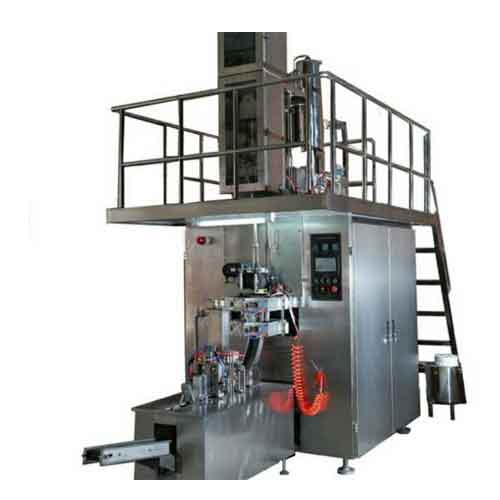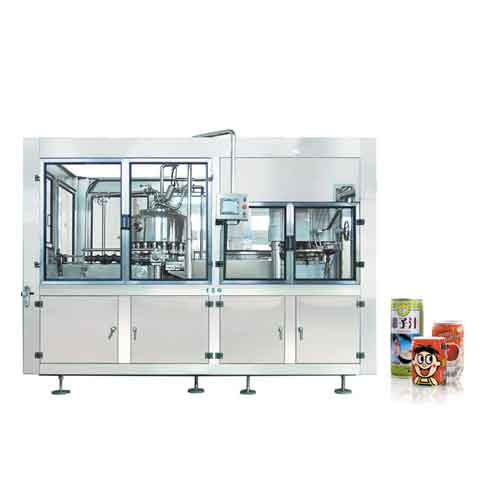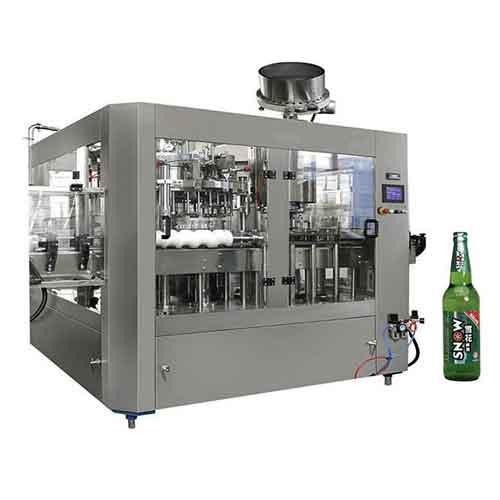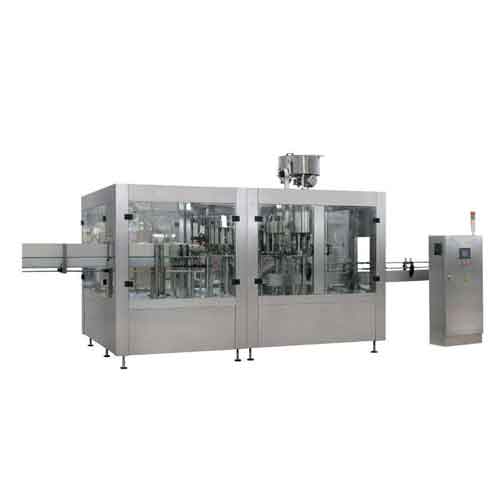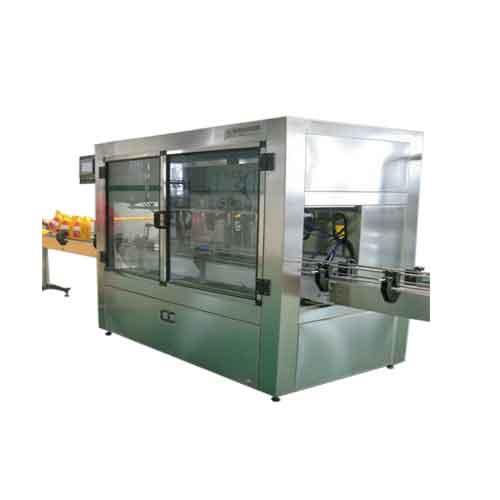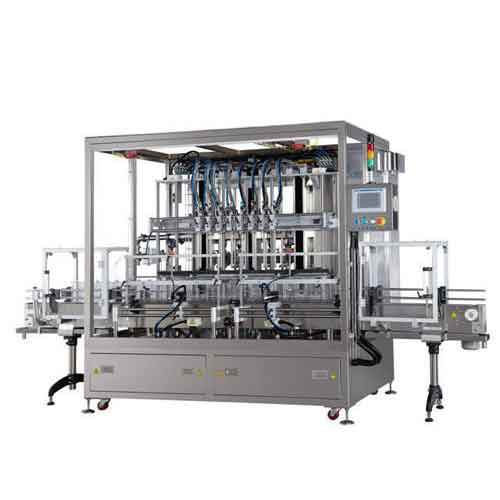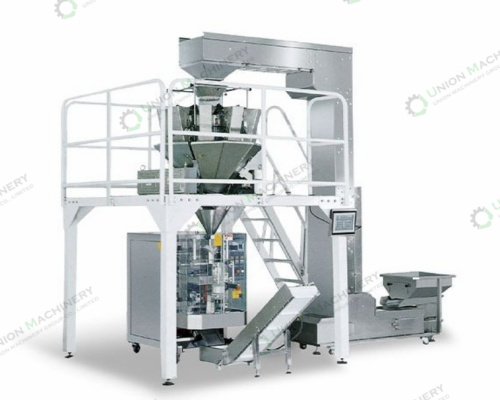
Investing in a potato chips production line is a significant financial decision. To ensure you get the right line without breaking the bank, it’s important to plan and budget carefully. Here are some tips on how to approach budgeting and planning for your new potato chips frying line:
· Determine Your Production Needs: Start by clarifying how much output you need. How many kilograms of chips per hour or per day do you anticipate producing? This will guide the size and cost of the line. It’s often wise to plan for a bit of growth – maybe you start at 100 kg/h, but you might want the flexibility to go up to 200 kg/h in a couple of years. However, avoid overspending on a huge line if you only need a small one initially. Matching the line capacity to your projected demand will optimize your investment.
· Research Costs and Get Quotes: Gather information on prices. As we discussed, a small semi-automatic line can cost on the order of $20k–$50k, whereas a large automated line might be $150k–$300k or more. Look at several suppliers and get detailed quotes. Make sure each quote specifies what’s included (machinery list, capacity, automation level, shipping, installation, warranty, etc.). This will allow you to compare apples to apples. Don’t be shy to negotiate or ask if there are package deals. Sometimes buying the whole line from one supplier can be cheaper than mixing and matching from different suppliers.
· Include Ancillary Costs in Your Budget: The price of the machinery itself is not the only expense. You should budget for:
o Shipping and Customs: If the equipment is coming from abroad, factor in freight charges, insurance, import duties, and taxes. These can add a significant percentage to the cost.
o Installation and Commissioning: Will you need the manufacturer’s technicians to install the line? If so, there may be installation fees, travel costs, and possibly training fees. Some suppliers include a basic installation in the price, others charge extra.
o Infrastructure Upgrades: Check if your factory needs any modifications to accommodate the new line. This could include electrical upgrades (higher power supply, new circuits), plumbing for water and drainage, ventilation for the fryer exhaust, or structural changes to fit the equipment. Budget for any construction or facility work required.
o Utilities: Consider ongoing utility costs – a big fryer will consume a lot of electricity or gas, and you’ll have water usage for washing and possibly higher water treatment costs due to wastewater. While these are operational expenses, it’s good to be aware of them as you plan your overall finances.
o Initial Consumables: You’ll need oil to fill the fryer, packaging materials for the first production runs, and seasoning ingredients. Don’t forget a budget for these start-up consumables.
o Spare Parts: It’s prudent to set aside some budget for initial spare parts (like belts, blades, gaskets) so you’re prepared for maintenance. Some suppliers offer a spare parts kit with the machine.
o Contingency: Always include a contingency fund (e.g., 10–15% of the total budget) for unexpected costs. Projects like this sometimes have surprises, and having a buffer will prevent you from running out of funds midway.
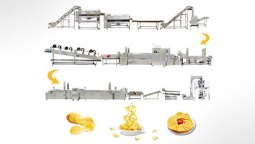
· Financing Options: Evaluate how you will finance the purchase. Will you pay upfront from savings, or do you need a loan or equipment financing? Leasing a production line might allow you to spread out payments, which can be easier on cash flow. However, keep in mind the interest costs over time. Do the math on leasing vs. buying. Also, check if there are any government grants or incentives for food processing equipment in your area – sometimes there are programs to support local food businesses that could help subsidize the cost.
· Plan the Timeline: Budgeting isn’t just about money, but also time. When do you need the line up and running? Lead times for manufacturing a new line can vary – it could be a few weeks for a smaller stock line, or several months for a large custom line. Factor in shipping time (sea freight can take 1–2 months if coming internationally) and installation time (maybe a week or two for a medium line). If you have a target launch date for your product, work backward to set milestones: order by this date, expect delivery by this date, etc. Delays can happen, so plan conservatively. Also, consider scheduling training for your staff to operate and maintain the line well before you need to start full production.
· Evaluate Total Cost of Ownership (TCO): When comparing different lines, don’t just look at the purchase price. Consider the long-term costs. A slightly more expensive line might be more energy-efficient or have lower maintenance, saving you money over the years. Calculate metrics like cost per kilogram of chips produced, which includes equipment depreciation, labor, utilities, oil usage, etc. For example, a line that uses less oil or has lower power consumption could justify a higher upfront cost through operational savings. Also, think about reliability – a line that rarely breaks down has an intangible cost benefit in terms of uptime and consistent production.
· Seek Expert Advice if Needed: If you’re new to the food processing industry, it can be helpful to consult with a food processing consultant or an experienced engineer. They can review your plans, help you define requirements, and even sit in on supplier discussions to ensure you’re getting the right equipment. They might also alert you to costs or considerations you hadn’t thought of. This is an additional expense, but it can save you from making an expensive mistake in your purchase.
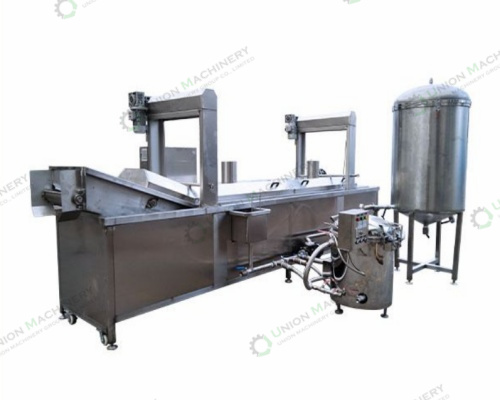
· Consider phased implementation: If the full automation is too costly upfront, you might consider a phased approach. For example, you could start with a semi-automatic line (lower cost) and then add automation later as your business grows. Or you could buy the critical machines first (washer, peeler, fryer, packaging) and add things like a color sorter or a second fryer later when you can afford it. This can ease the initial financial burden. Just ensure that the initial setup can be expanded or upgraded – check with the manufacturer if their machines can be integrated or if they offer modular systems.
· Negotiate and Compare: Once you have quotes, don’t hesitate to negotiate with the suppliers. Sometimes they can offer a discount if you’re a first-time buyer, or if you pay in full, or if you’re buying multiple machines. Also, compare the support each offers – a slightly higher price might be worth it if the supplier provides better training, longer warranty, or faster spare parts delivery. Think about the after-sales service as part of the value. A budget line that leaves you on your own for support might end up costing more in downtime if something goes wrong.
By following these steps, you’ll create a comprehensive budget and plan that covers not just the cost of the potato chips line, but also the associated expenses and timeline. This will help you avoid unpleasant surprises and ensure a smoother investment process. Remember, the goal is to get a reliable production line that meets your needs at a fair cost, while keeping your business financially healthy. With careful planning, you’ll be frying up your first batch of chips in your new line in no time!
Union Machinery has been engaged in food machinery customization services since its establishment in 2014, according to customer needs for you to tailor suitable machinery and equipment, for more product information, please refer to: Fried-Potato-Chips-Production-Line; Our expertise and advantages will bring you more opportunities and development space.
For personalized, industry-tailored advice and to explore state-of-the-art solutions, please don't hesitate to contact us at info@unmachinery.com
The following is other knowledge related to potato chips production line that I have summarized based on long-term work experience, for your reference. I hope it will be helpful to you.
1.Introduction to the main equipment and functions of potato chip production line.
2.What are the methods and precautions for selecting a potato chips production line?
3.What is the maintenance cost of the potato chip production line?
4.How long does it take to replace key components in the potato chip production line?
5.What is the raw material loss rate in potato chip production?
6.What are the common causes of wastage in potato chip production?
7.How to do daily inspection of potato chips production line?
8.What Factors Influence the Cost of a Potato Chips Production Line?

